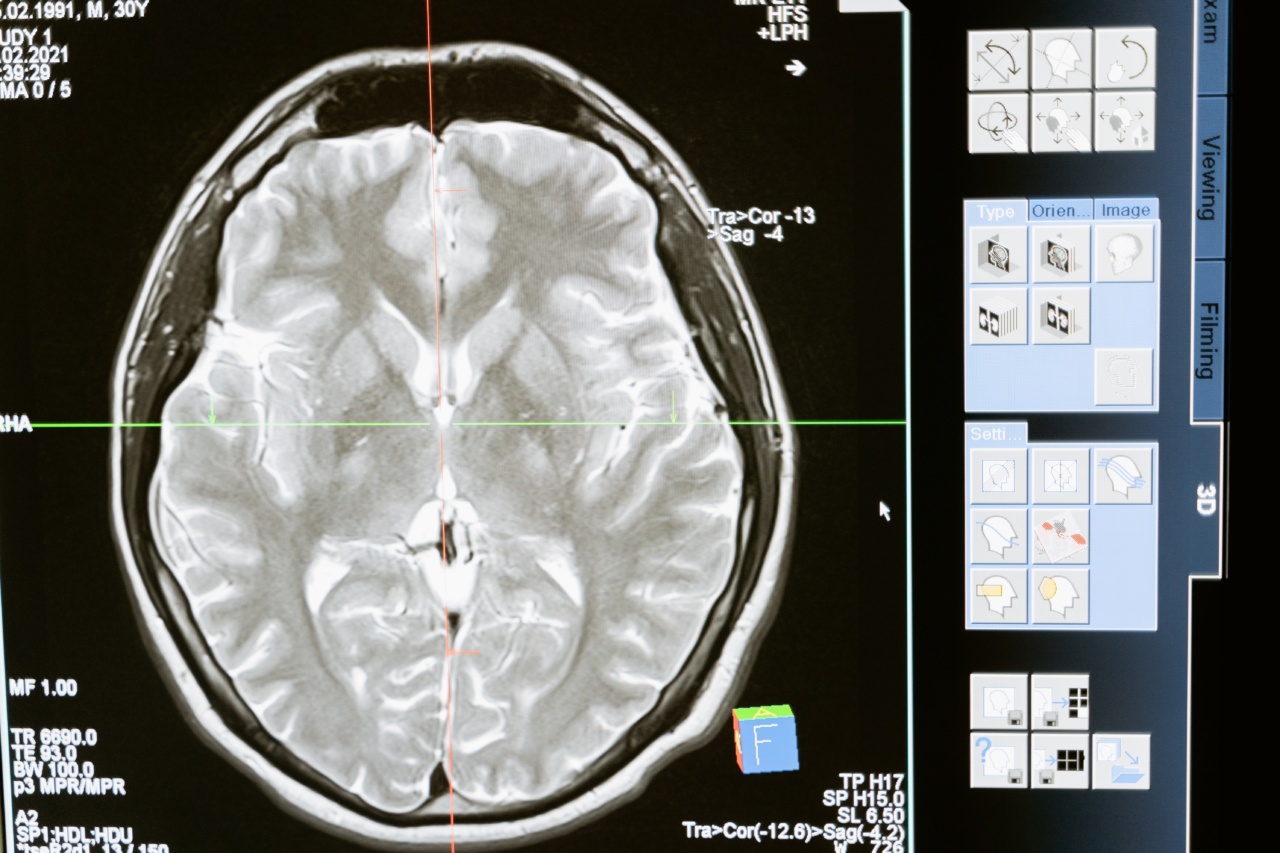Anesthesia plays a crucial role in ensuring the comfort and safety of patients undergoing interventional radiology (IR) procedures.
Interventional radiology refers to the use of imaging techniques such as X-rays, ultrasound, and CT scans to guide minimally invasive procedures that diagnose and treat various conditions. These procedures can range from simple biopsies to complex catheter-based interventions. Let’s explore the importance of anesthesia in interventional radiology and its various applications.
The Role of Anesthesia in Interventional Radiology
Anesthesia is administered to patients undergoing interventional radiology procedures to provide pain relief, sedation, and immobility.
It ensures that patients are comfortable and cooperative during the procedure, allowing the interventional radiologist to perform the necessary steps with precision and accuracy.
Types of Anesthesia Used in Interventional Radiology
1. Local Anesthesia:.
Local anesthesia is commonly used for superficial procedures such as biopsies or drain insertions. It involves the injection of an anesthetic medication at the site of the procedure to numb the area.
Patients remain awake and alert during the procedure but do not experience any pain.
2. Sedation:.
Sedation is used for procedures that require patients to be relaxed or lightly asleep. It involves the administration of medications that induce a sleep-like state.
Patients are still able to breathe on their own, but they may not remember the procedure afterward.
3. General Anesthesia:.
General anesthesia is utilized for complex or lengthy interventional radiology procedures. It involves the administration of medications that induce a deep sleep, rendering the patient completely unconscious and unaware of the procedure.
The anesthesia team closely monitors the patient’s vital signs throughout the procedure.
Anesthesia Monitoring during Interventional Radiology Procedures
Anesthesia monitoring is of utmost importance during interventional radiology procedures to ensure patient safety.
The anesthesia team continuously observes the patient’s vital signs, including their heart rate, blood pressure, oxygen saturation, and respiratory rate. They also monitor the patient’s level of consciousness and make adjustments to anesthesia administration as required.
Challenges in Anesthesia for Interventional Radiology
Interventional radiology procedures can present unique challenges for anesthesia providers. These challenges include:.
1. Patient Positioning:.
Some IR procedures require specific patient positioning, which can be challenging for maintaining a patent airway and adequate ventilation. Anesthesia providers work closely with the interventional radiology team to ensure patient comfort and safety.
2. Radiation Exposure:.
Interventional radiology procedures often involve the use of fluoroscopy, which exposes patients and healthcare providers to radiation.
Anesthesia providers must take necessary precautions, such as wearing lead aprons and collars, to minimize radiation exposure.
3. Managing Pain Control:.
After interventional radiology procedures, patients may experience post-procedural pain.
Anesthesia providers collaborate with the interventional radiologist and nursing team to implement appropriate pain management strategies to ensure patient comfort and facilitate recovery.
Advantages of Anesthesia in Interventional Radiology
The use of anesthesia in interventional radiology offers several advantages:.
1. Patient Comfort:.
Anesthesia ensures that patients are comfortable and pain-free during the procedure, reducing anxiety and stress.
2. Cooperation and Precision:.
By keeping patients still and cooperative, anesthesia allows interventional radiologists to perform procedures with improved precision and accuracy.
3. Improved Patient Experience:.
Anesthesia helps create a positive patient experience by minimizing discomfort and reducing the likelihood of complications during interventional radiology procedures.
Conclusion
Anesthesia is an integral part of interventional radiology procedures, providing pain relief, sedation, and immobility to patients. It ensures patient comfort, cooperation, and safety during these minimally invasive procedures.
Anesthesia providers play a critical role in monitoring patients and addressing any challenges that may arise. The use of various types of anesthesia allows for personalized care and improved patient outcomes in interventional radiology.





























